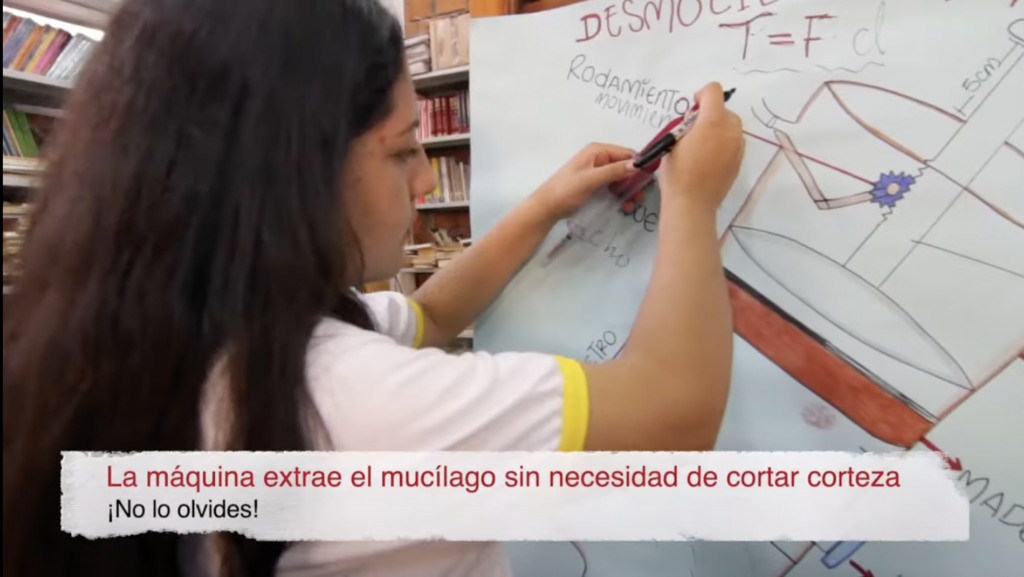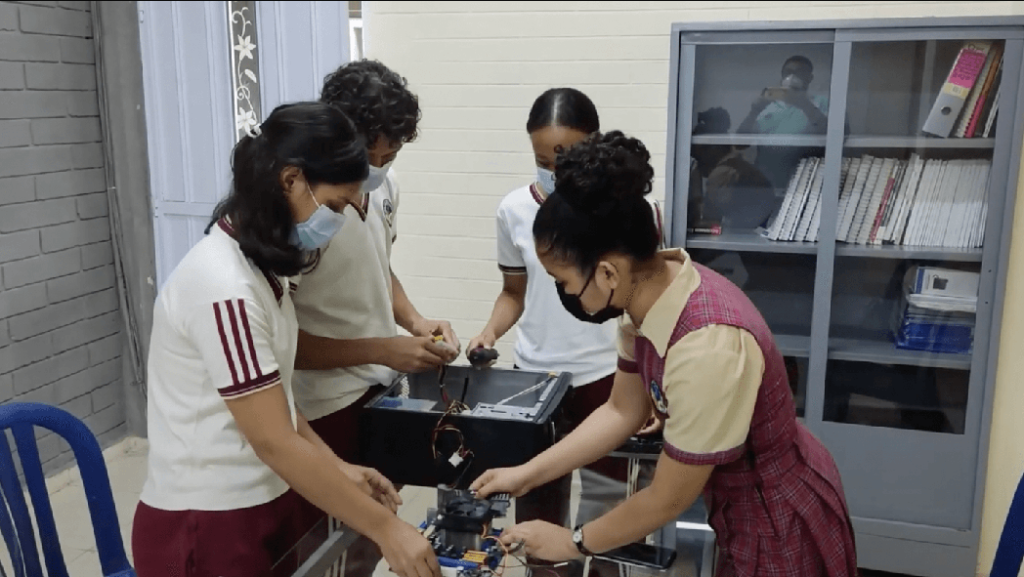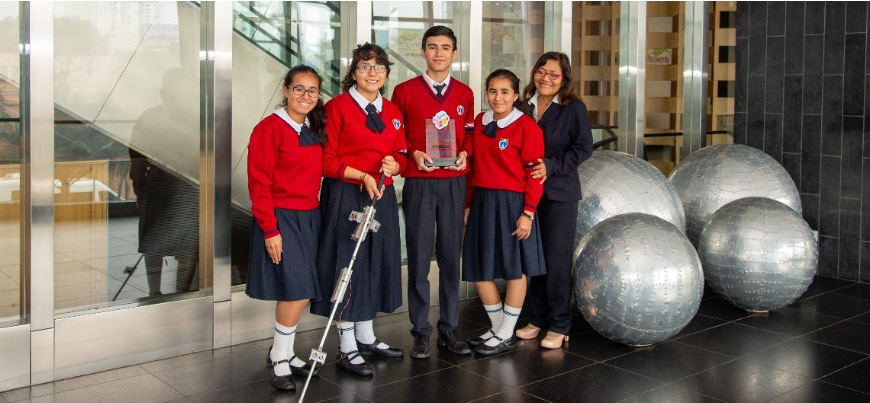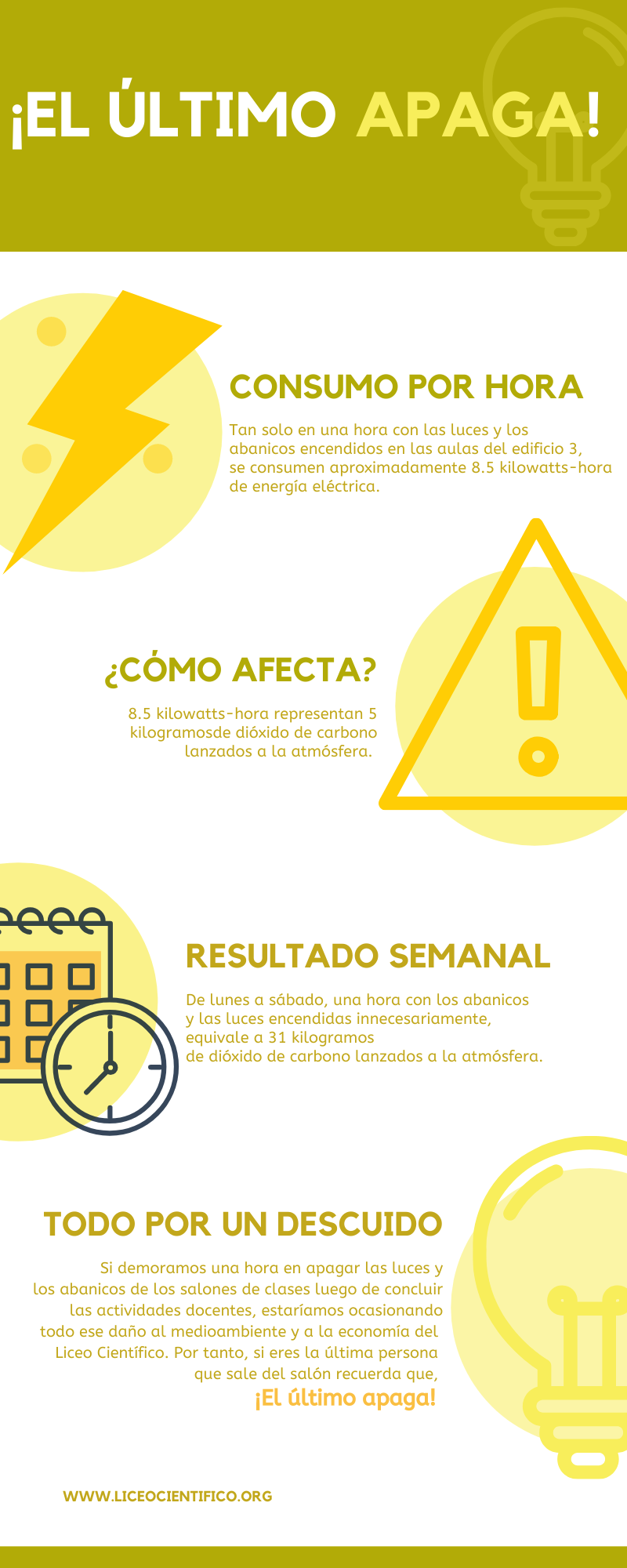Project gallery

Integrated passive mechanical energy capture systems
Report sent by the Teacher
Lázaro Pérez AcostaSchool
Liceo Científico Dr Miguel Canela Lázaro La Ceiba, Villa Tapia, Hermanas Mirabal, Dominican RepublicProject team composition
Christopher Mercado, Darla Castillo, Eydan Peña, María Bonilla, Melvin Núñez
Age of students
12 to 14 years old, 15 to 17 years oldOther areas of knowledge
Languages (Portuguese, English, Spanish, native languages, etc.), Social Sciences or SociologyProject duration
One semesterSoft skills
Collaboration, Communication, Creativity, Critical thinkingSTEM areas
Engineering, Math, Sciences, TechnologyEmpathy: learning from people’s values and needs
Project objective, problem to be solved, and main actions
The main objective of the project was to design and manufacture passive mechanical energy capture systems.
The main question we wanted to answer was: How to produce electrical energy using unconventional energy sources such as human activity? The identification of the problem arises from a project that was being developed on renewable energy sources, since the center uses the PBL methodology for the teaching-learning process, and during the literature review we came across the mechanics of the systems passive capture of energy and some devices that take advantage of the energy produced by human activity in cities.
During the development of a project, there are several stages and all with the same level of importance. Planning was first; roles were assigned to each team member, and the work schedule was presented and discussed. To identify the problem, a pre-experiment was conducted, in which the energy consumption of our educational center was measured. The group chose to develop two mechanisms: one that captures the energy generated by the rotating movement of opening and closing doors and a second capable of capturing the movements and displacements of “up and down” when someone sits in a chair or changes center gravity to transform, in both cases, mechanical energy into electrical energy.
The project was the idea of young people, who then came to me.
Definition: better understanding of the challenges
Deepening into the issue and involvement of the school and local community
We live in a country where a considerable percentage of the electricity produced is obtained through fossil fuels. Therefore, it is a growing need in our society to find new and eco-friendly ways to produce electricity.
We had a lot of support from the center’s management, guaranteeing the logistics to work overtime, including weekends. Likewise, some teachers offered their help in some critical stages of the project.
We received support from a Physics student at the ISA University in Santiago de los Caballeros, a university that maintains a close link with the school, specifically in the analysis of the efficiency of our devices. Some community members supported the students as well during the measurements they conducted in service establishments, e.g. Caribe Tour, and medical centers.
Ideation: developing creative solutions
The development of the solution
Once the problem was identified, we held a planning meeting, where roles and tasks were assigned according to the schedule and types of activities. In the project development stage, there were several activities such as literature review, device design, theoretical aspects related to mechanical efficiency calculations, 3D printing of parts, and fabrication and validation of devices. It is important to note that, during the execution of the projects, new problems arise that must be solved or redirect the course of the investigation. In our case, we had to reduce the number of devices to build.
Prototype: making ideas tangible
The construction of the prototype
The device prototype was designed in parts, to later print them in 3D with PLA Plus fibers. Although the initial idea was 3D printing, we took advantage of a LEGO ROBOTICS kit to optimize resources. The device was tested at the facilities of the Dr. Migual Canela Lázaro Scientific School, to measure the mechanical efficiency of the gear train.
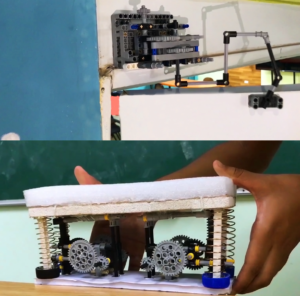
Test: putting ideas out into the world
Evaluation of the process and the developed solution
Unlike the curricular projects, in this one, we did not evaluate the students, as this would be conducted by a jury. However, we identified individual weaknesses, which we worked on during the development of the project; specifically, aspects related to language and communication, writing and spelling, collaborative work, and critical thinking.
Reflections and pedagogical practices
The value of participating in Samsung Solve for Tomorrow
I consider it an excellent opportunity, as it summarizes the teacher’s daily work. On the other hand, it constitutes a space for exchange between specialists from different areas of knowledge and different geographies. It also allowed us new work tools and knowledge on various topics.
Achievements and advances perceived by the teacher, throughout the process
Undoubtedly, professional growth, both for students and teachers.
Challenges faced
Follow the rhythm of a team of young people, with many ideas and fewer paradigms than teachers.
Learning incorporated into the teacher’s routine and practice
The Project Based Learning strategy.
Discover the related Inspirational case
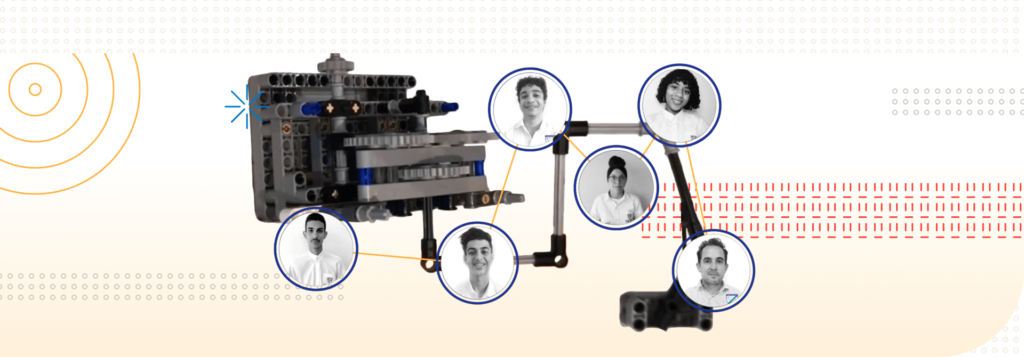
Dominican Republic

Winner
Young Dominicans transform energy from opening doors into electricity
Teacher supports the development of a solution for generating clean energy that passively captures energy from everyday actions.
